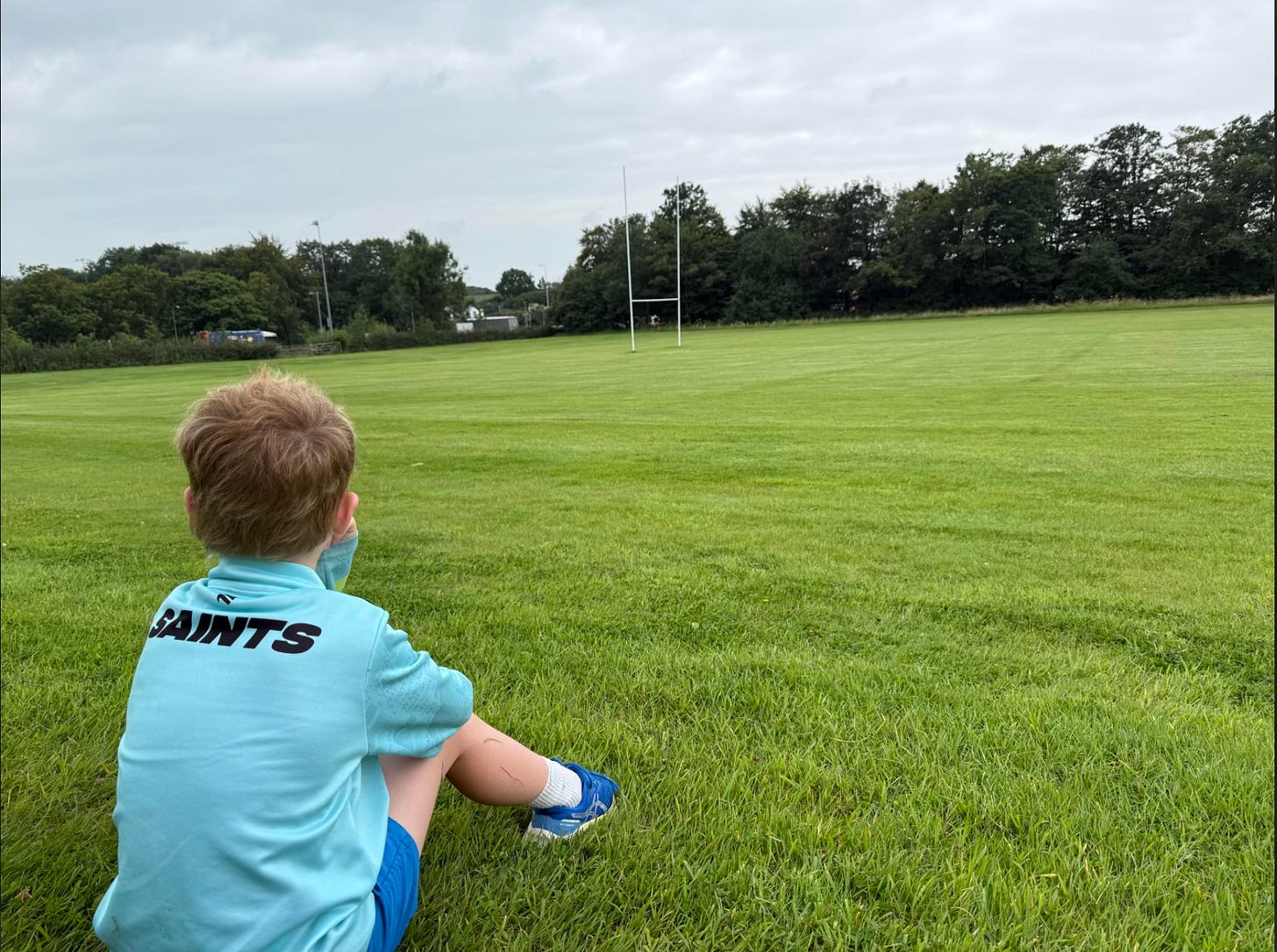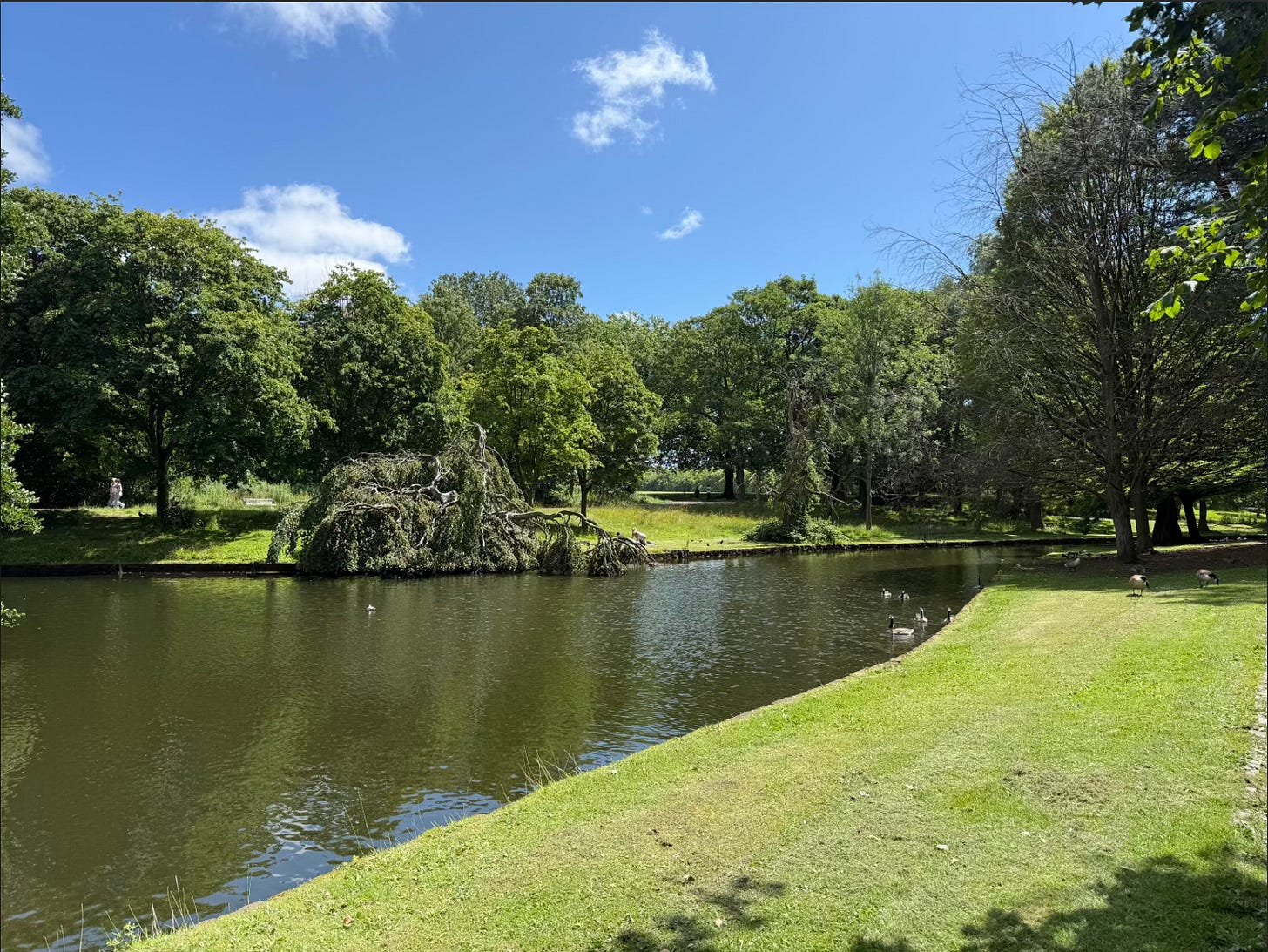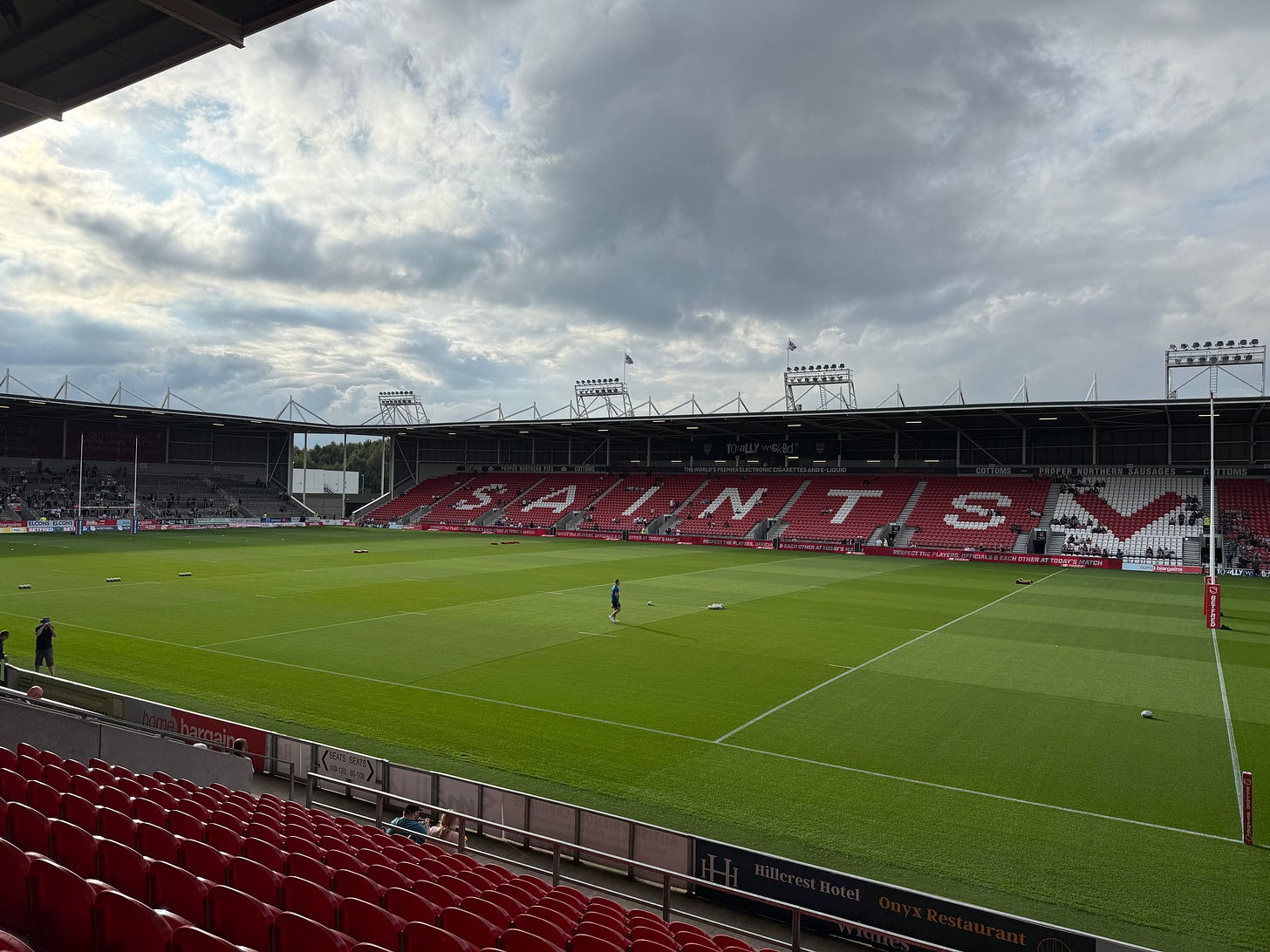All that glitters.
Assessing the impact of national initiatives is hard when you haven't witnessed their implementation first hand.
The National Sport and Physical Activity Convention ran over two days in July at the Melbourne Exhibition Centre. The convention attracted a range of domestic and international speakers discussing topics pertinent to the sport and physical activity industry. Rather than trying to summarise the session I attended, I will try to capture the key themes and, where relevant, offer some of my own thoughts across a series of short articles, here on Clubland. The third (and final) is all that glitters.
All that glitters
The National Sport and Physical Activity Convention featured presentations focusing on the systems and policies that underpin Sport England’s strategy to unite the movement. Conferences are great vehicles to learn how countries are developing policies and initiatives that aim to tackle problems that exist in your jurisdiction. More challenging, however, is assessing how effective these strategies and policies are without seeing them in action. After all, it would be great if we could all write our own reviews.
The uniting the movement strategy published by Sport England aims to make sport and physical activity a normal part of life for everyone in England through 1) advocating for movement, sport and physical activity 2) joining forces on five key issues and 3) creating the catalyst for change. The five big issues they are looking to join forces on (point 2 above) are 1) recover and reinvent (a direct reference to recovering from the global pandemic; 2) connecting communities; 3) positive experiences for children and young people; 4) connecting with health and welling; and 5) active environments. The strategy is well worth a read, a summary document can be found at the link here uniting the movement.
Uniting the movement puts physical activity front and centre, on a par with sport. It reflects the shift in funding that Chris Boardman detailed as last year’s Sport Accord conference held in Birmingham, that two thirds of the Sport England budget is spent on physical activity (you can read my article that summarises the key themes of that conference here Sport Accord 2024 conference notes). This shift in focus and funding is the result of a recognition that sport in and of itself, at least in the public view, isn’t a particularly worthy cause.
After listening to the presentations at the National Sport and Physical Activity Convention in Melbourne, I spent three weeks in England. The trip allowed me to connect with the sport and physical activity landscape and get a sense of whether what is happening on the ground aligns to the ambitions of the uniting the movement strategy.
Facilities and access
I grew up in Widnes, a Rugby league stronghold and recall a wealth of riches when it came to playing fields on which to practice, either with your teammates or friends. When I took my son to practise his kicking however two of the fields I used as a youngster were now enclosed by fences and locked gates. Both are still used for Rugby but only accessible to members of the clubs whose fields the fences surround. The result was that apart from organised training sessions, the fields remained largely unused. Why has this happened? Friends told me it was a response to the fields being mistreated when left open, specifically, people would allow their dogs to foul there presenting a risk to young players. Maintaining public access required additional club resources to ensure fields were clean before training and match play could commence. It was not only playing fields that felt the need to install fences. Tennis and Basketball courts were fenced off despite being located next to a skate park which remained open and permeable to all users. Given all are now Olympic sports I am unsure why one is at more risk of vandalism and misuse than the other. Given the relatively low levels of use, fencing off sporting fields and courts feels like the tail wagging the dog (no pun intended). Stakeholders and lobby groups using public funds to develop private facilities that are subsequently under-utilised.
The experience of accessing playing fields was not, however, universal. When we visited Lancaster, we found a range of pristine surfaces on the University campus. All were open to the public. There was no hint that misuse was an issue and I am sure thee are no fewer dogs or dog owners in Lancaster than there are in Widnes. The university campus was not protected by a fence, its boundaries were open and permeable hosting a range of walking, cycling, and running trails that connected it to the city and surrounding villages. Similar design treatments are evident at most other institutions in the UK and Australia. The Australian Catholic University has a field at Strathfield campus that is open to the public, so does UNSW in Kensington. In the UK I can think of many campuses including Sheffield, Loughborough and St Mary’s that have sporting fields which can be used by the public. I wonder what drives this difference. Why is that sports clubs feel the need to fence off their fields whilst universities don’t? Why do schools install fences to protect their playgrounds, but public parks don’t? My sense is that there is an element of cognitive bias at play which is hard to reconcile. There is certainly much to do in England to realise the aim of delivering active environments, especially whet the activity in question is organised sport.
Parkland
If fences are preventing people from practising sport, where can they go to be physically active at times when clubs are not hosting organised training sessions? The answer has been around for well over 150 years and is as popular now as it was then.
Sefton and Calderstones in Liverpool, Victoria in Widnes, Williamson in Lancaster and Clissold in London were all fantastic examples of public parks and open space, provisioned in the 1800s and protected to this day against development for the purpose of improving public health. Each park provisions a range of activities that fall into the ‘physical activity’ bucket including playgrounds, lakes, walking trails, cycling trails, open space, bandstands, and splash pads. The level of use is high attracting a range of diverse user groups, the likes of which most sports can only dream of. Parks, at least in my experience, are driving and facilitating physical activity to a degree far greater than sport can ever hope to achieve.
The parks in question are maintained by local councils with no contribution from sporting organisations or Sport England. The establishment of most pre-dated organised sport as we know it today and would suggest those who created them knew more about public health than modern day sport administrators. Where dedicated sporting facilities exist in these areas, for example tennis courts, they stand out like a beacon, fenced off and protected from public use lest those without the means to pay for their physical activity set foot on the base line. A counterpoint may be that these parks and others like them host events like Park Run, and they do. Whether this is sport or physical activity is up for debate, after all Park Run, despite its popularity with runners was not designed nor promulgated by UK Athletics. It was a grass roots movement born from a community of people who wanted to meet up and be active together. An elixir organised sport is still chasing with only limited success.
So, if Sport England are to succeed in connecting with health and wellbeing, developing active environments, and connecting communities, would they be better served giving their funding back to the councils and associations that develop and maintain our public parks?
The hard-to-reach groups
Research on interventions that increase physical activity often talk of hard-to-reach groups. These are people and families from lower socio-economic areas and marginalised groups in communities. They are people for whom spare time is scarce as a result of work and family commitments or for whom ill health has reduced their ability to be active. These hard-to-reach groups are unlikely, statistically speaking, to live in areas where they can access the facilities university campuses have to offer (see section on facilities and access above). They are more likely to rely on publicly maintained fields and facilities rather than those fenced off for private use.
If I return to the university example, Lancaster has a leisure facility adjacent to its playing fields that was also open to the public as well as students. It had a pool, gym (multiple actually), squash courts, sports hall and climbing wall. It was immaculately maintained despite a very cheap price point. This was in stark contrast to a new leisure centre in my hometown of Widnes. Despite being only a couple of months old (it opened in February 2025) it was already looking tired. It featured a sports hall that had a single court, a small swimming pool and cafe kiosk that was closed when I visited. Ah, but wasn’t it cheaper than the university you might ask? Well, actually, no it wasn’t. Both facilities were equivalently priced. This is a great example of how hard it is to encourage hard-to-reach groups to be physically active. Facilities in areas where there is the greatest need for accessible options to be physically active are less attractive than those provisioned for more affluent, healthy and active communities. Go figure.
This is why publicly accessible green space is so important. It provides for those who cannot afford organised sport and is often located in or near large housing estates such that the need for extensive (and expensive) travel is removed. It is why public parks were developed in the first place. Sefton park in Liverpool was created by the Liverpool improvement committee as part of a ‘ribbon pf parks’ which aimed to provide open space for the inhabitants of crowded housing schemes in South Liverpool during the 1800’s. Sport, despite its best efforts, is not equipped, set up, nor incentivised to appeal to these hard-to-reach groups and would find it hard to objectively argue otherwise.
Funding aimed at improving health outcomes will never be best utilised when distributed by those who believe sport is a significant part of the solution unless the industry can demonstrate a shift in the skill set of its workforce (you can read a previous Clubland article on this topic here Talent ID in sport administration. Instead, give it to those with the skills, experience, and background in public health.
Take home messages
Sport is an important part of many peoples lives, not as a participant, but as a spectator. My son was amazed at the atmosphere and engagement of fans at a Super League game between St Helens and Leigh. Leigh, who were the away team, brought with them a strong travelling support who congregated at the away end of the ground to make themselves heard. He loved the ‘we can see you sneaking out’ chant which emanated from the away end as the St Helens fans ushered out of the ground before the final whistle. Whilst in England I heard many a conversation about the success of the Lionesses from people who had never and will never play a game of Football.
Yes, sport helps connect communities, but largely because it brings people together to watch and be entertained. There is almost no evidence that it promotes better health outcomes, increases physical activity levels, or attracts hard-to-reach groups. Sport needs to reconnect with its raison d’être and focus on delivering quality experiences for as many people who want to ‘play’ sport as it can. Leave public health and physical activity, along with the funding that goes with it, to those better placed to have a greater impact.




